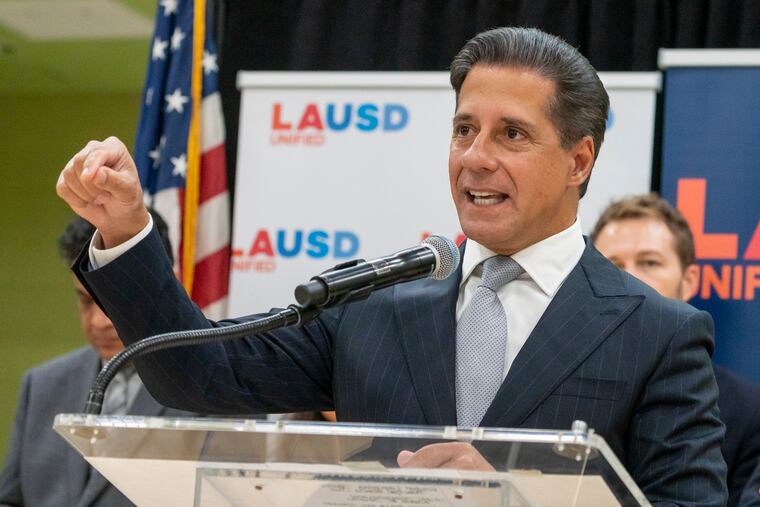How Los Angeles public schools attack chronic absence and what Philadelphia might try
Los Angeles schools superintendent launched “armies” of administrators and other staffers to fan out across the city, knocking on doors, doing quasi-detective work to find kids who were absent.
